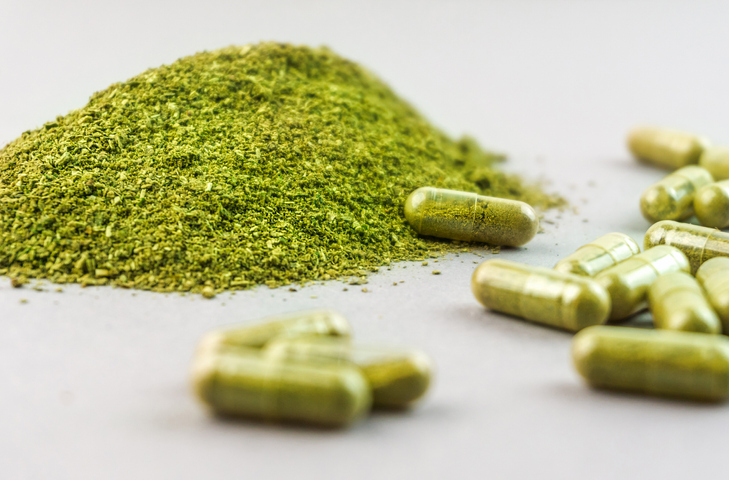
Kratom is an herbal supplement derived from the Mitragyna speciosa tree native to contain alkaloids like mitragynine and 7-hydroxymitragynine that interact with opioid receptors, providing analgesic and stimulant effects. Many people use kratom powder or extracts to relieve acute and chronic pain.
At low doses less than 5 grams, kratom acts as a stimulant. At moderate doses of 5 to 15 grams, it has analgesic and anxiolytic effects. Higher doses over 15 grams have sedative, euphoric effects. Kratom’s pain-relieving attributes primarily come from activating mu-opioid receptors, similar to prescription opioids. However, it tends to have a depression and a safer toxicity profile. Kratom is not an opioid itself but exhibits cross-tolerance with opioids. This allows it to alleviate pain, withdrawal symptoms, and cravings in those dependent on or addicted to opiates.
Start low and go slow
When first using buy kratom for pain relief, begin with a low dose to assess your body’s sensitivity to Kratom potency varies by product and individual physiology. Start with 1-2 grams and give it several hours to take effect. Gradually increase by 0.5 grams each use until reaching your optimum dose. Avoid immediately taking high doses above 10 grams, with greater side effects. Be patient finding your sweet spot provides pain relief without excessive sedation. It is easier to start too high and suffer negative reactions.
Find your minimum effective dose
Once you establish a relieves your pain, try sticking with that minimal effective dose taking more kratom to manage symptoms risks building tolerance, requiring higher amounts over time. Keep dosage consistent and take regular breaks to maintain the potency of your usual dose. Rotate kratom strain types for greater variety too. The key is using the smallest quantity to get the desired effects without escalating intake.
Use kratom cyclically
The safest way to use kratom for pain is cyclical – taking it for a few weeks, a break for a week or two. This prevents your body from adapting to constant kratom alkaloids and developing dependence. Many users alternate 5-7 days of daily kratom with a week break in their schedule. Plan out a cycling protocol and stick to it to maximize therapeutic benefits while minimizing daily use.
Avoid combining with other substances
Be very cautious about combining kratom substances, as this magnifies the risk of adverse reactions. Never mix kratom with prescription or illicit opioids, tranquilizers, or sedatives due to the risk of overdose. Even legal drugs like alcohol, marijuana, and certain medications interact with kratom unpredictably. Stick to kratom only when using it for pain to be safe. If taking any other prescriptions or supplements, check for interactions.
Watch for side effects
Monitor yourself carefully when using kratom for the first time or trying new batches. Reactions vary between products and personal biology.
- Dizziness, headache
- Fatigue, sedation
- Constipation
- Itching, sweating
- Blurred vision
- Nausea, vomiting, stomach upset
While kratom safely relieves acute pain for a few days, avoid taking it multiple days in a row for an extended period. Limit kratom intake to no more than a few consecutive weeks. Take regular breaks to keep your body sensitive to its effects. Use only for flare-ups or recovery from injury – not as a daily regimen.



